The Biden administration unveiled a new effort on Wednesday to hook up low-income residents with solar power — a move that could allow communities that have long been shut out of the fast-growing market for renewable power to reduce their utility bills.
The move, shared earlier with POLITICO by an agency official, is the latest by President Joe Biden to focus on executive actions to reach his ambitious climate goals after plans to pass hundreds of billions worth of clean energy incentives collapsed in the Senate.
The initiative would connect participants in a federal program that subsidizes energy costs for low-income residents with developers of community solar projects, which sell subscriptions to households for renewable power with the promise of lowering their monthly electricity bills.
Click here to read the full article
Source: POLITICO
—
If you have any questions or thoughts about the topic, feel free to contact us here or leave a comment below.

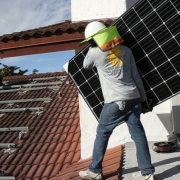
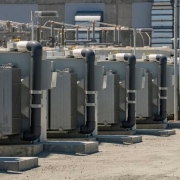
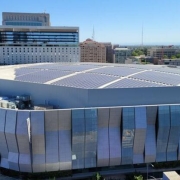
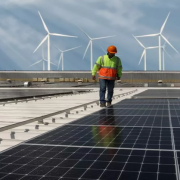


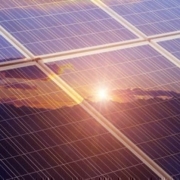
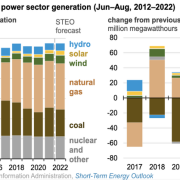
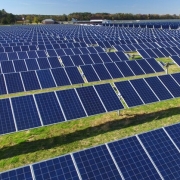
 Panel The Planet
Panel The Planet